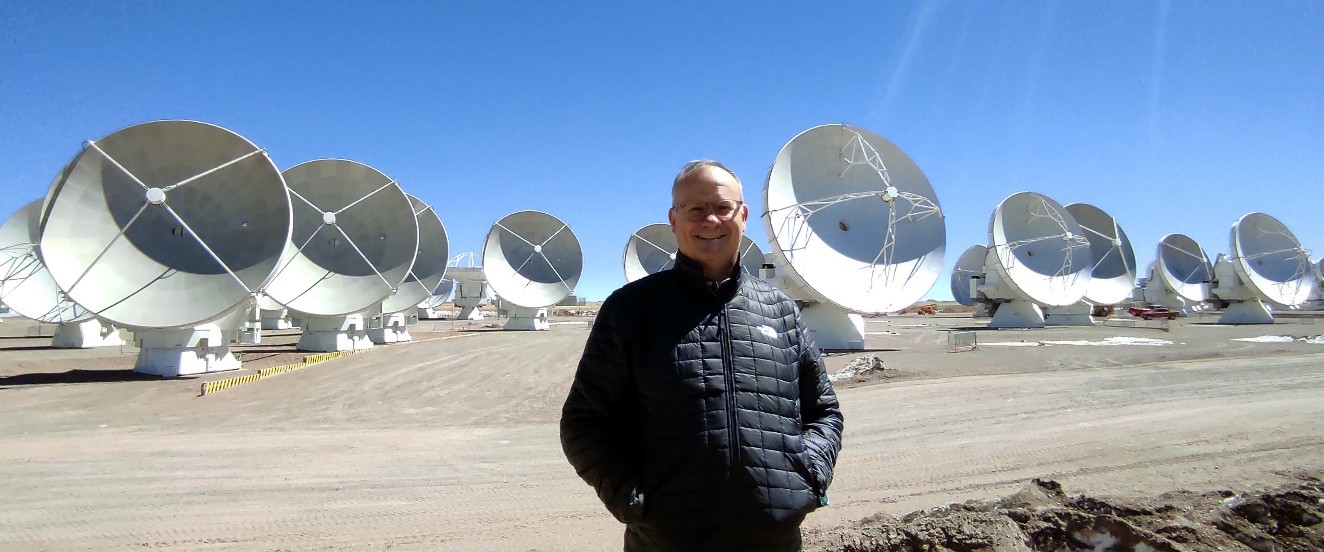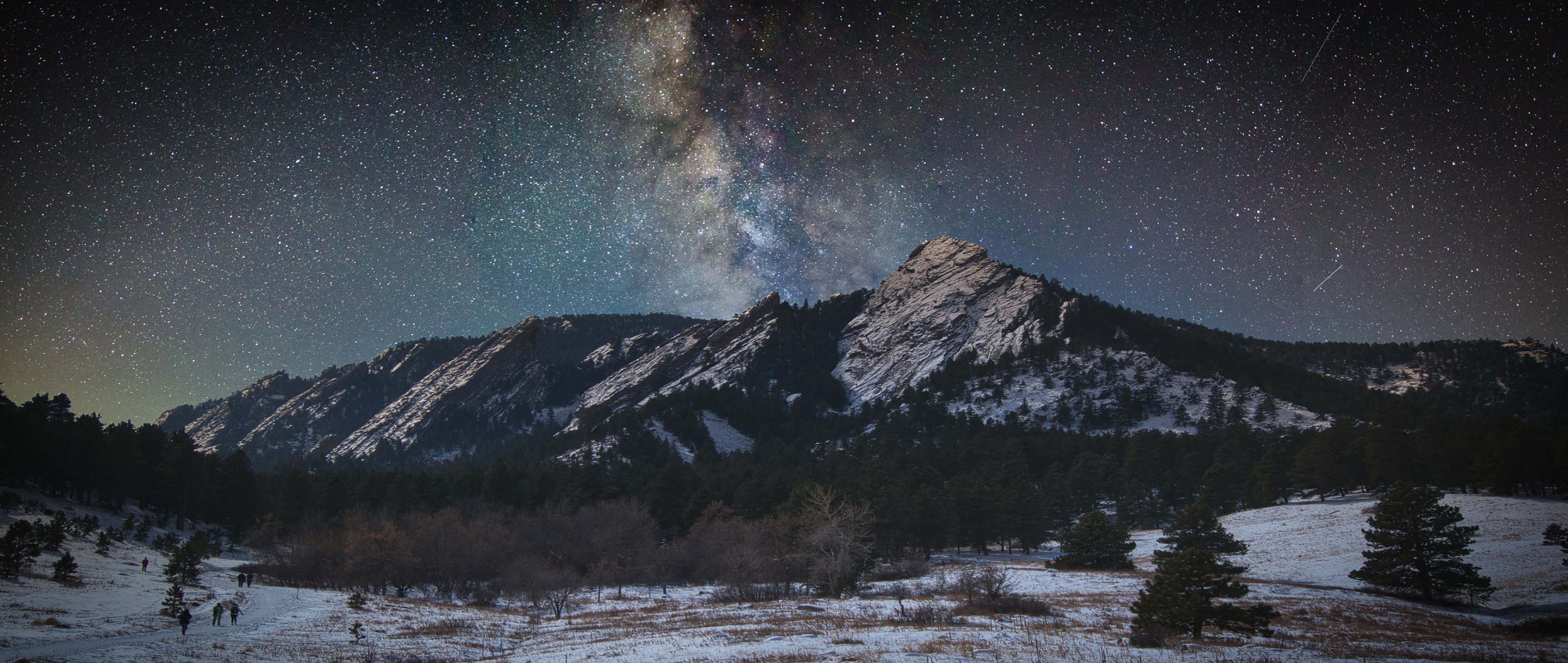Hans Liebe Lecture
13th Hans Liebe Fellow Lecture | Dr. Juan Pardo
Friday January 9, 2026, 12:00 PM

Title: "It all Started with Hans Liebe's MPM: 30 years Measuring the Atmospheric MM/SMM Spectrum from High and Dry Astronomical Sites"
Abstract
Although millimeter-wave astronomy had started two decades earlier, at the beginning of my career in the 1990s new ground-based telescopes were being placed at higher and drier sites to access new frequencies that would widen the range of molecules and physical conditions that could potentially be explored in the Universe. In between the telescope and the outer space there is the terrestrial atmosphere, with its own molecules, affecting the observations in a particularly dramatic way. The new telescopes, operating even at submillimeter wavelengths for the first time, needed an accurate atmospheric radiative transfer model, for both scheduling and calibration.
As a young Ph. D. student at Yebes Observatory in Spain, part of the Germany-France-Spain consortium called Institute de Radioastronomie Millimétrique (IRAM) that was operating an outstanding 30 meter telescope at Pico Veleta (Granada, Spain) and an interferometer at Plateau de Bure (France), I started working on the atmospheric radiative transfer models that were used for those telescopes. Some of the firsts papers that I read in my career were those by Prof. Hans Liebe describing his MPM model, outstanding pieces of literature that still are of basic reference today. It all started with those papers and, for more than 30 years now, I have been working on measuring the mm/submm atmospheric spectrum with state-of-the-art experiments in order to fine tune the atmospheric radiative transfer models used by the observatories, specially the Atacama Large Millimeter Array (ALMA) located at the 5000 m high Llano the Chajnantor in Chile which, with its 66 antennas, is the leading instrument in mm/submm astronomy.
In this lecture, I will present the exciting experiments in which I had the chance to take part over the years that contributed to make progress on our knowledge of the mm/submm atmospheric spectrum. They include the first ground-based measurements of the atmospheric Zeeman splitting in an isotopologue of molecular oxygen, carried out with a small (2.5 m) radiotelescope at Plateau de Bure (France); ground-based 200-1600 GHz measurements of the atmospheric spectrum from Mauna Kea (Hawai'i); and the recent and not completely published 157-752 GHz study of the atmospheric spectrum at kHz resolution from Llano de Chajnantor (Chile). The quality of the spectra obtained in this last experiment makes it, in my opinion, perfect to honor Prof. Hans Liebe, with whom it all started.
Biography
Dr. Pardo is a Research Scientist at the Spanish National Research Council. He obtained his Ph. D. at Paris Pierre et Marie Curie University in 1996, being based at Paris Observatory, an institution for which he is still today an associated scientist. He also spent five years working in the United States for prestigious institutions such as NASA, Columbia University and the California Institute of Technology. During his 30 years long career he has applied molecular spectroscopy to both astronomy and terrestrial remote sensing research, with and evident synergy among the two fields. His mm/submm atmospheric radiative transfer codes, based on state-of-the-art experiments, are used by some of the most important observatories operating at those wavelengths worldwide such as the Atacama Large Millimeter Array (ALMA) in Chile, or the telescopes of the Institute de Radioastronomie Millimétrique (IRAM) in France and Spain. Besides science, Dr. Pardo has served as Councilor for Culture for 16 years in his 1700 inhabitants hometown (Fuentealbilla, Spain) where he has organized over 700 performing arts events, including several operas.





